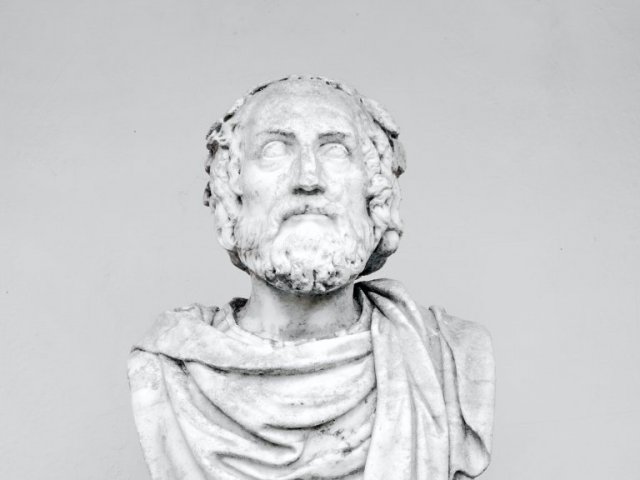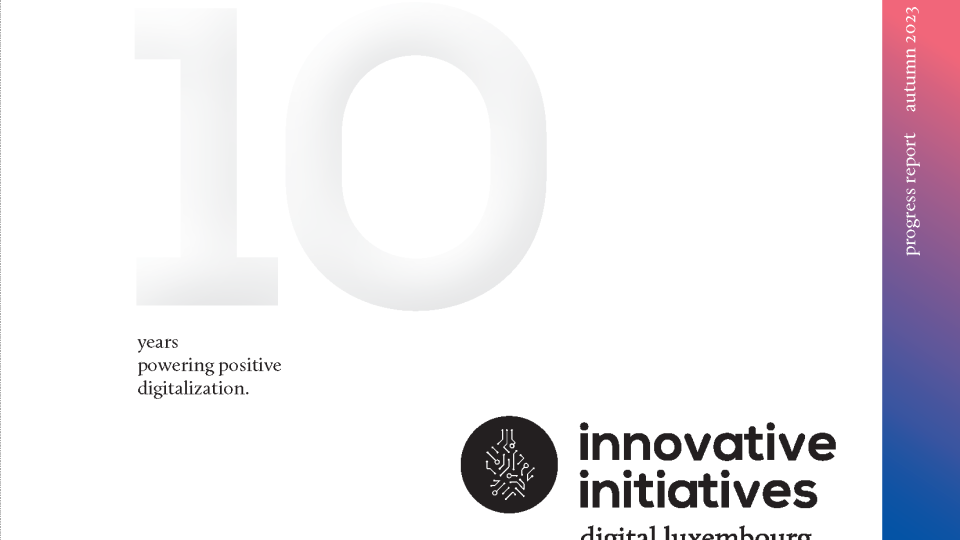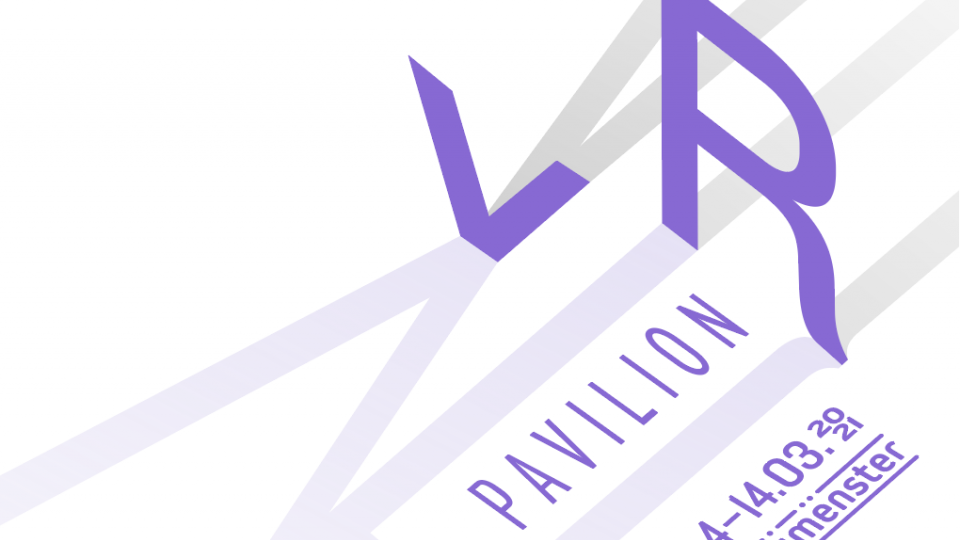Digital Curation: Eternalizing Art & History in Luxembourg.
Each of the nation’s cultural institutions has a digital curator, read why is their work is essential.
Ensuring that humanity’s art, artifacts and archives survive digitalization and bring maximum value along the way is a full-time job…literally. And, while it may not have one defined job description, it has a name: Digital Curator.
The concept of digital curation alone is hardly new, but the acceleration of technological developments has multiplied its importance. AI, cloud computing, the internet of things, VR, and beyond will transform how the masses experience and harness collections of work…but only if that work is digital.
In 2017, Luxembourg’s Ministry of Cultural Affairs, led by Marianne Backes, acknowledged both the necessity and labor-intensive nature of effectively managing digital collections, whether digitized- or digital-born.
“She met with everyone involved and realized that everything related to digitalization is time consuming. For true progress, there needed to be someone doing this as their full-time job, ” explained Gilles Zeimet, Digital Curator, Luxembourg National Museum of History and Art. “Everyone was either working on digitization or wanted to, but there was no coordination. So, the Ministry of Cultural Affairs created the Digital Curator position at each of its cultural institutions.”
Positions were established at the National Museum of Natural History, National Audiovisual Center (CNA), National Museum of History and Art, and Luxembourg National Library (BNL), the last of which pioneered digitization locally with the launch of its online database of historical newspapers: eLuxemburgensia.
Despite the elusiveness of one standard definition, the intersection of digitalization and curation boils down to preservation, accessibility and innovation: future-proof, open collections available online for anyone in the world to view or incorporate into new ideas.
What digital curation entails exactly differs with every institution and medium. Perhaps the most obvious task, particularly at traditional museums, is the digitization of art and artifacts.
“For us, digitization means photography. If you want to digitize a painting or an earthenware collection, you have to photograph it with a high-resolution camera in a studio, ” Gilles added.
But that’s just the beginning of a long process, involving metadata, file integrity, copyright permissions and permalinks, all for the sake of optimal online accessibility: “If your works can be found using Google, you can make them available to a much larger audience, including researchers, ” he said. “We currently only show between 50 and 100 works by Luxembourg artists in the museum, but our collection is much bigger. So, this allows us to share pieces that are usually not on display or works that are on light-sensitive paper.”
Currently, the country’s cultural institutions are working on a national permalink system – stable URL references that support the findability of Luxembourg’s content on the internet – as well as a shared platform of authority files for cataloguing and differentiating between persons of cultural relevance (artists, authors, etc.).
While the technical footwork behind digital databases constitutes much of the job, digital curators will remind you that digital is not the end goal. It is the means to a plethora of machine- and human-powered ends.
“Once it is digitized how do we use it? How do we reach millennials and people who use digital tools on a daily basis?” Gilles said. “If the work is in the public domain, the digital equivalent should be too. The Rijksmuseum, the Met and the Art Institute of Chicago all introduced this open data policy.”
Known as the Creative Commons license, it gives the type of freedom needed to run hackathons and deliver new applications. Members of the public can download the content for any purpose they choose, including commercially.
Beyond launching platforms and adding to their ever-growing digital collections, the digital curator’s responsibilities can also span digital strategy and employee upskilling: “Cultural heritage institutions have very little staff turnover. People are there 25–30 years, so it’s important to make sure they’re comfortable with digital tools, ” added Alessandra Luciano, Digital Curator, CNA.
From the constant threat of obsolescence to the tedious uploading of each work, the field faces challenges that may one day be alleviated by new digital tools, e.g. AI that helps generate better metadata faster.
As diverse as digital curation may be, it serves as a bridge across institutions.
“We’re most interested in the potential of community building – collective intelligence – and excited to collaborate on a national digital platform, ” Alessandra noted. “We’re not sure what the future will hold, but we’re creating environments that will help us adapt. Eventually, this position might die out because the archivist of the future will have to be super digital anyways. It won’t be ‘digital strategy’ anymore. It’ll just be strategy that encompasses analogue and digital.”
For now though, there is still plenty of important work ahead for today’s digital curators.







